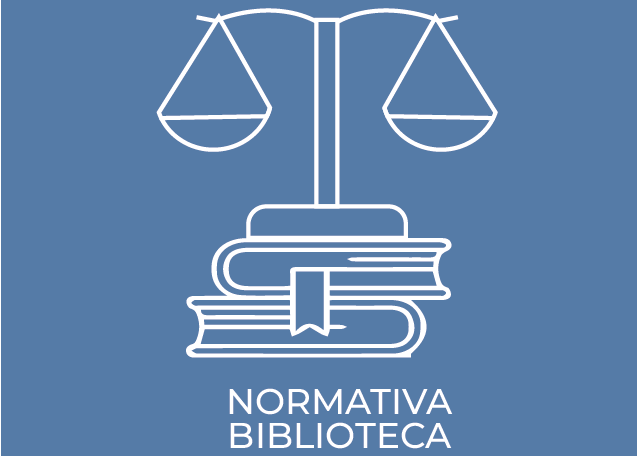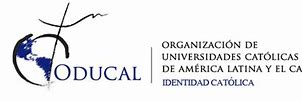Cybersecurity risk management : mastering the fundamentals using the NIST cybersecurity framework / Cynthia Brumfield, Brian Haugli.
Idioma: Inglés Editor: Hoboken, NJ : John Wiley & Sons, Inc., 2022Fecha de copyright: ©2022Descripción: xxiv, 142 pages ; 26 cmTipo de contenido:- texto
- no mediado
- volumen
- 9781119816287
- 005.8 23 B834c
| Tipo de ítem | Biblioteca actual | Colección | Signatura | Estado | Fecha de vencimiento | Código de barras | Reserva de ítems |
|---|---|---|---|---|---|---|---|
 Libro
Libro
|
Sede Quito Primer piso | Col General | 005.8 B834c (Navegar estantería(Abre debajo)) | Disponible | PUCE213874 |
Includes bibliographical references and index.
"The National Institute of Standards and Technology (NIST), located in Gaithersburg, MD, is a U.S. Department of Commerce division. It is assigned the job of promoting innovation and industrial competitiveness. It is a research organization filled with some of the world's leading scientists and has produced many Nobel prize winners. NIST has a wide-ranging mandate: develop federal patents, oversee over 1,300 Standard Reference Materials, run a scientific laboratory in Boulder, CO, and pursue innovation in encryption technologies, among other significant efforts. NIST is primarily a scientific and engineering organization, and as such, produces patents, technical breakthroughs, documentation, and recommendations through extensive consultation with experts in various areas. This scientific consensus approach often has impressive results that can be difficult for non-specialists to understand or apply. The NIST Cybersecurity Framework resulted from an intensive one-year effort to synthesize cybersecurity experts' best thinking into a single "framework of frameworks" that can assure superior risk management. It's well-understood in the cybersecurity field that risks are constant and that the best approach to organizational cybersecurity is to manage those risks because no one can eliminate them. The NIST Framework attempts to incorporate all the best various risk management and remediation practices into one coherent whole, an ambitious goal in the complex cybersecurity field. It is a multi-layered, spoke-and-wheel collection of ideas grouped along logical lines. The Framework is conceptual and not technical, making it difficult for many organizations to apply in the real world. It doesn't help that NIST specifically avoided any technical recommendations when developing the Framework. NIST instead chose to map its recommendations to a host of standards designed in-house and at other standards-setting bodies"--










No hay comentarios en este titulo.